Types Of Roses
The rose family includes
a tremendous number of blooming and edible plants
Although I enjoy eating apples, strawberries or peaches, I am addicted to the blooming types of roses. Neglecting the edible rose species, three main groups of roses are left to talk about:
Within these categories we have several classifications, which describe types of roses with similar characteristics.
Phew!
Sounds like a bumpy, deadpan journey, but it makes sence to group roses to their growth habit. Just think about a vigorous, large rose-bush and a small patio:
No doubt, the rose-bush will grow, and grow, and grow...but the patio slowly will vanish between canes, thorns and, if your lucky, some flowers.
Knowing the purpose of a rose in the garden, the number of suitable varieties will be considerably smaller.
So, which rose fits to my garden?
Main Types Of Roses: Modern Roses
When we think about roses or we buy some roses we usually have to deal with a type of modern rose.
Until well into the middle of the 20th century, the repeat-blooming Hybrids Teas were a big success.
But: The least of them were fragrant and most of them were prone to diseases like powdery mildew-something what you really don’t like in your garden.
Since that time, growers are backcrossing modern roses with older more fragrant varieties to bring fragrance and disease resistance to the roses.
Modern roses nowadays are a broad mix, which include the following types:
Photo courtesy of Mathew Koeneker
These shrubs promise lush bloom abundance, grow between 3 and 7 feet high and are used as solitaire, in mixed hedges or as pure rose hedge.
They are cold-hardy and easy to care roses and most of them are repeat bloomers.
Old Garden Roses
For as long as people have made gardens, they have grown roses in them. We define old roses as roses grown before the World War I or before the 20th century but it isn’t that clear-cut.
These old roses are tough, hardy and splendid flowers for your garden. They are mostly free flowering and usually more fragrant than modern roses.
Learn about the different Old Roses.
Species Roses Or Wild Roses
The naturalness of their blossoms and their robustness always convinced many garden owners. In the fall they adorn themselves often with rose hips. They are once-bloomers and need much space to grow.
Especially if you are going for a natural garden, the planting of Species Roses is a good choice. Species Roses are easy to care and if you have enough space, just let them grow without pruning.
Father Hugo’s Rose, Arctic Rose or Austrian Copper Rose are great examples for wild roses.
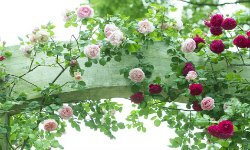

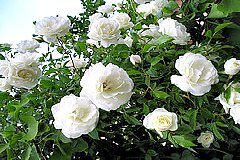
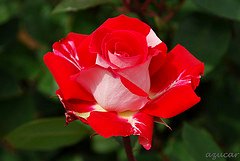
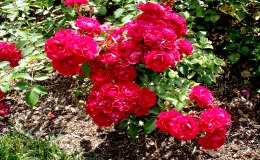
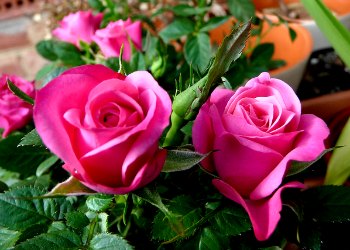
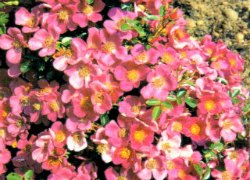






New! Comments
Have your say about what you just read! Leave me a comment in the box below.